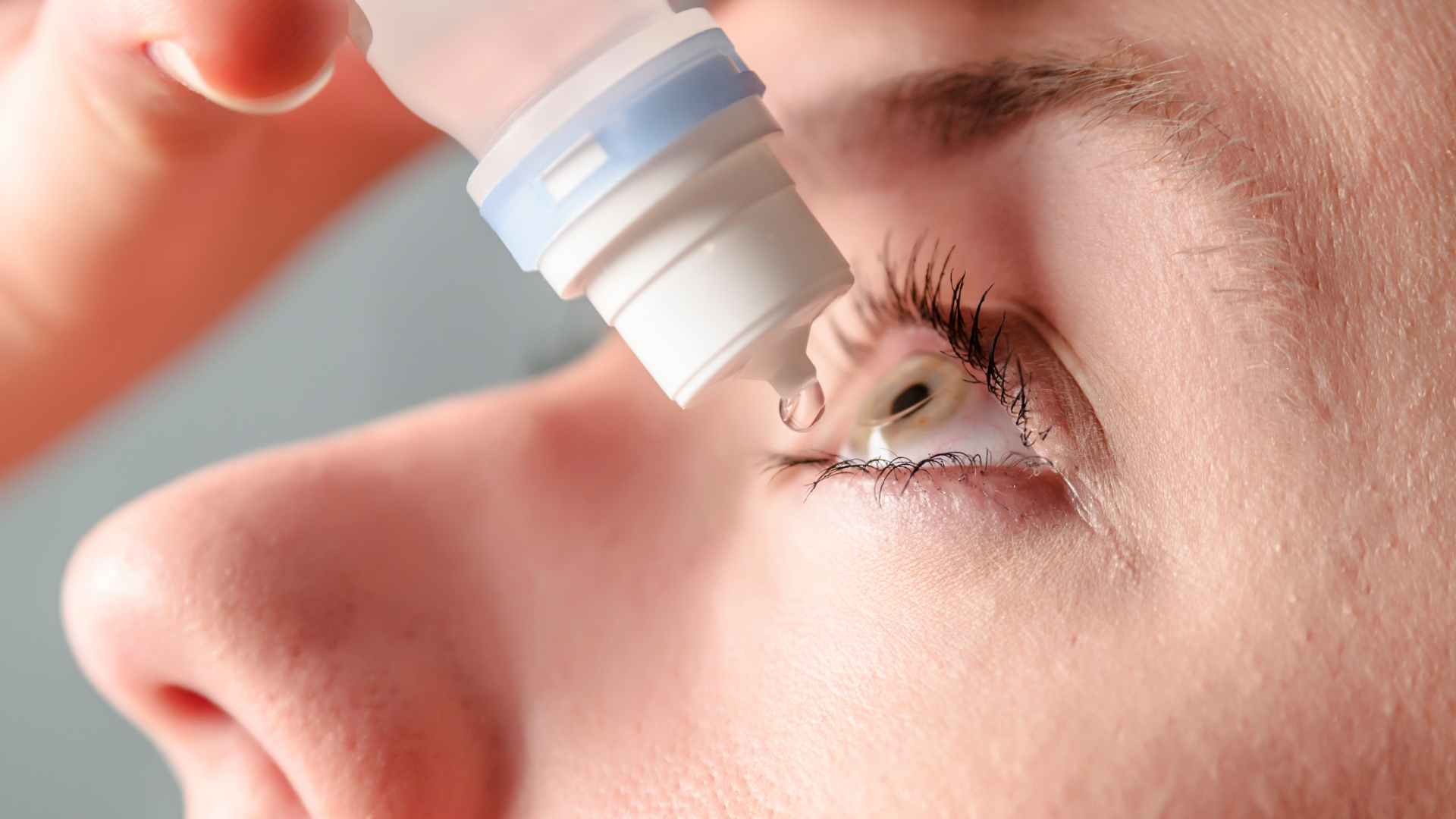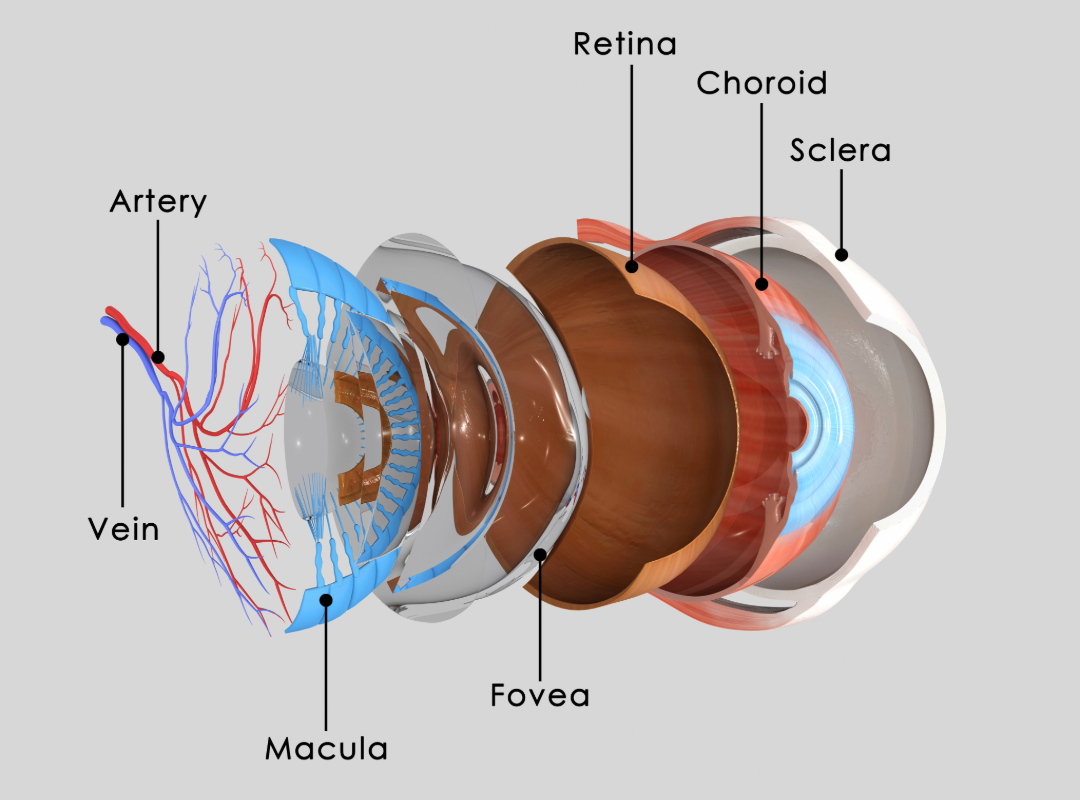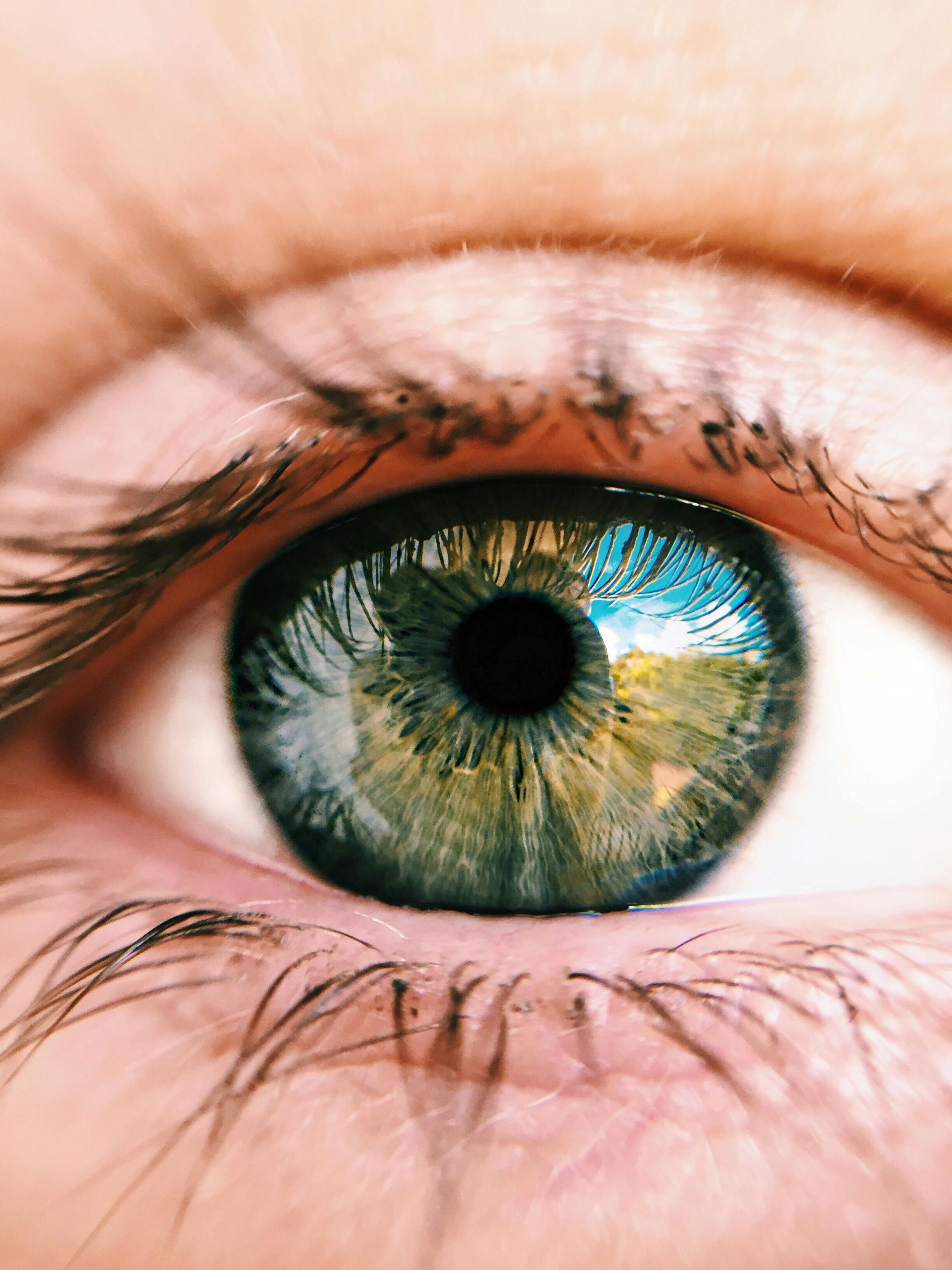Dry Eye Syndrome
Causes, Symptoms, Diagnosis, and Treatment
What is Dry Eye Syndrome?
Dry eye syndrome occurs when your eyes don't produce enough tears or when the tears evaporate too quickly. Tears play a crucial role in maintaining healthy eyes and clear vision, providing lubrication and removing debris from the eye surface. Without proper lubrication, eyes can feel irritated, dry, and sometimes even painful.
Tired of dealing with dry, irritated eyes?
Schedule an appointment with our optometrists today for expert diagnosis and relief options. Your eyes deserve the best care—don’t wait to find comfort!
Symptoms of Dry Eye Syndrome
Symptoms of dry eye can vary in severity and may come and go, but common signs include:
- Stinging, burning, or scratchy sensation in the eyes
- Redness and sensitivity to light
- Blurred vision or difficulty seeing at night
- Watery eyes (the body's response to dryness)
- Feeling like there is something in your eye
Common Causes of Dry Eye
Several factors can contribute to the development of dry eye syndrome, including:
- Age: Tear production tends to decrease with age, making dry eye more common in older adults.
- Environmental Factors: Wind, smoke, and prolonged screen time can accelerate tear evaporation, leading to dryness.
- Medical Conditions: Conditions like rheumatoid arthritis, diabetes, and thyroid disorders are often linked to dry eye.
- Medications: Certain medications, including antihistamines, decongestants, and antidepressants, may reduce tear production.
- Contact Lenses: Wearing contact lenses for extended periods can contribute to dryness and irritation.
Diagnosing Dry Eye
Our optometrists at Saugeen Vision Centre can diagnose dry eye through learning your health history (including use of medications and your environments) to determine if any of these factors could be causing your dry eye systems. A comprehensive eye exam that includes specific tests to assess tear quality and production can also be done if necessary. These diagnostic methods include an Ocular Surface Dye Test using special dyes to highlight damaged areas on the eye's surface, as well as other tests to measure the amount of tear production and how quickly tears evaporate.
Treatment Options for Dry Eye
Dry eye syndrome is usually chronic and there is no permanent cure, but your comfort can be improved. Treatment for dry eye varies depending on the severity and underlying cause, which include:
- Artificial Tears: Over-the-counter artificial tear drops can provide temporary relief by adding moisture to the eyes.
- Prescription Eye Drops: Medications like [brand] help reduce inflammation and increase tear production. Our optometrist can assess your tear film to recommend the best one for you.
- Lifestyle Adjustments: Simple changes like using a humidifier, taking breaks from screens, and wearing prescription glasses can prevent tear evaporation.
- Warm Compresses and Lid Hygiene: These can help open up oil glands around the eyes, improving tear quality.
- Punctal Plugs: Small, biocompatible plugs can be inserted in tear ducts at the corner of your eyes to prevent tears from draining too quickly.
- Vitamin Supplements: Omega-3 supplements have been shown to reduce inflammation and improve tear stability in some cases. Optometrist developed Fit Eyez supplements are available at our clinic.
Risks of Untreated Dry Eye
If left untreated, chronic dry eye can lead to more severe issues, including eye infections, corneal damage, difficulty wearing contact lenses, and even vision impairment. The constant irritation and inflammation increase the risk of developing complications, so early diagnosis and treatment are essential.
Regular eye exams are crucial in catching signs early and helping you find relief with the appropriate treatment plan. If you’re experiencing symptoms of dry eye, contact your optometrist for a comprehensive assessment and to explore the best options for your eye health.









